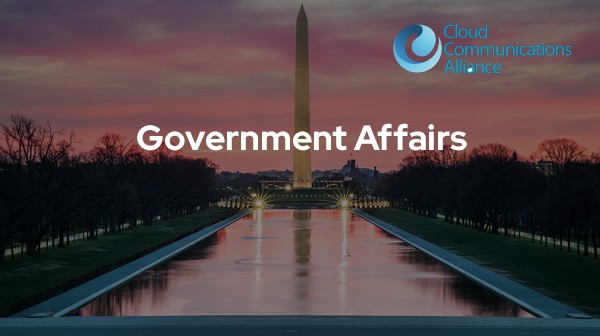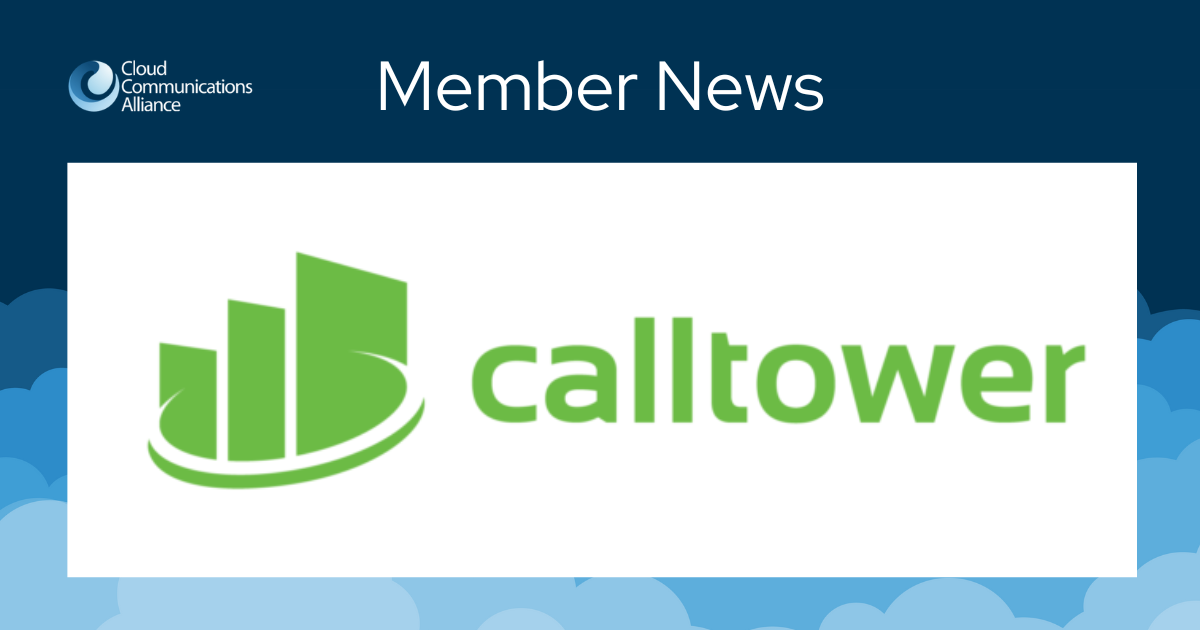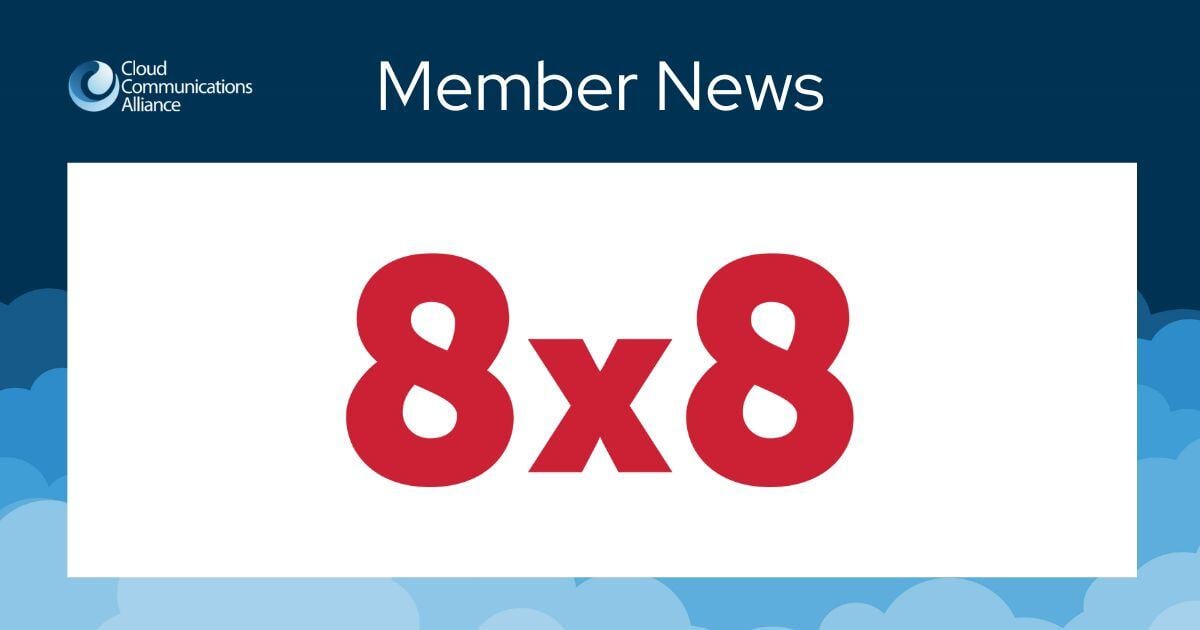Implications of the Net Neutrality Order for CCA Members

The FCC is poised to once again classify broadband internet access service (BIAS) as a telecommunications service and reimpose net neutrality rules. The FCC has released a 434-page draft order that it will likely adopt on a partisan 3-2 vote at its April 25, 2024, open meeting. This summary focuses on the implications for over-the-top cloud providers of communications services to businesses. The draft order may be found here.
Do the Net Neutrality Rules Protect Cloud-Base Providers? – It Depends
Whether cloud-based providers will be protected under net neutrality rules depends on the type of broadband internet service the end-user business customer obtains. In this context, net neutrality involves three primary entities: (1) the internet access provider; (2) the business customer that purchases the internet access; and (3) the retail OTT provider using that broadband access to provide cloud-based communications services. The retail OTT provider is considered an edge provider, just like Netflix or eBay are edge providers. Net neutrality is designed to ensure that the end user can obtain the edge provider’s services without unreasonable interference by the broadband provider.
The net neutrality order only regulates a specific type of internet access service called BIAS, which is defined as a retail, mass market service that enables an end user to reach all or substantially all internet end points. It is primarily a service used by individual consumers, but businesses, particularly smaller businesses may buy the same service. Specifically, mass market means “a service marketed and sold on a standardized basis to residential customers [and] small businesses.” If the business customer’s internet access qualifies as BIAS, the OTT cloud-based provider is protected under the net neutrality rules from discriminatory conduct by the BIAS provider. BIAS can be provided over any wireline or fixed or mobile wireless technology but does not include DSL service. A BIAS provider can be facilities-based or a reseller of internet access services.
Many businesses, especially larger business, buy dedicated internet access or business data services that are not BIAS and are thus not subject to the net neutrality rules. There are services that may not offer access to all or substantially internet end points and are “typically offered and sold to large businesses through customized or individually negotiated arrangements.” Thus, the key to determining if you are protected by net neutrality rules is to understand the type of broadband internet access used by your business customer.
What Are the Protections?
Assuming your business customer uses BIAS, the net neutrality rules are designed to prevent that BIAS provider from favoring its own affiliated operations or a third party with whom it has entered into a contractual arrangement. For example, your business customer may purchase BIAS from a big internet access provider that also provides business class communications services that compete with your offerings. Theoretically, the BIAS provider can use its control over the internet access connection to favor itself and/or harm you. At the extreme, it could block the business from accessing your services, or it could slow your services down while speeding up its own services. In the words of the FCC, the BIAS provider has the incentive and ability to discriminate, particularly against smaller edge providers. To prevent this type of anticompetitive behavior, the net neutrality rules contain three bright-line prohibitions that preclude a BIAS provider from:
- Blocking lawful content, applications, services or non-harmful devices or from charging a fee to prevent blocking;
- Impairing or degrading (i.e., throttling) lawful content, services or applications. For example, at BIAS provider offering competing business communications services cannot constrain the bandwidth available to you to prevent your services from reaching the business customer in the same manner as the BIAS provider’s business services; and
- Offering paid prioritization to its affiliated operations or entering into a contract with a third party for paid prioritization. This means that the BIAS provider cannot accept payment from an edge provider to favor its content, for example, by giving it a fast lane while you may be stuck in the slow lane.
In addition to the three bright-line bans described above, the FCC also proposes to adopt a general conduct rule that bars BIAS providers from unreasonably interfering with or disadvantaging the ability of end users and edge providers to reach each other. Whether a BIAS provider’s conduct runs afoul of this rule will be decided in case-by-case adjudications by the FCC. One type of practice that has been controversial is called zero rating, by which a BIAS provider offers consumers the ability to receive edge services without counting against data caps or data allowance. The FCC does not ban zero rating outright but will consider a number of factors to determine if it’s unreasonable.
All of these restrictions are subject to reasonable network management practices. A reasonable practice is one that is primarily driven by technical considerations, such as avoiding DDOS attacks or alleviating congestion.
BIAS Providers’ Common Carrier Obligations
Apart from the net neutrality rules, Title II of the Communications Act establishes numerous obligations on telecommunications service providers. The FCC order forbears from applying many of these to BIAS providers. Among others, the FCC will not regulate the rates the BIAS providers offer, will not require tariffs, will not require BIAS providers to comply with most market opening provisions such as unbundling, resale or interconnection, and will not require BIAS providers to contribute to the Universal Service Fund.
BIAS providers will, however, be subject to the general unreasonable practices and non-discrimination rules and CPNI statutory obligations and any transactions involving BIAS providers mergers or acquisitions will be subject to FCC review and approval.
A number of states have adopted their own net neutrality rules. The order would not preempt these state rules unless they are inconsistent with the FCC’s rules.
Next Steps
The FCC will vote on adopting the net neutrality order at its April 25, 2024, open meeting. It is unlikely that material changes will be made in the draft. The draft order states that the net neutrality rules would become effective 60 days after publication in the Federal Register except for those parts that impose new reporting obligations, which will become effective after approval by the Office of Management and Budget.
Opponents of restoring Title II classification are likely to appeal the order. The courts historically have deferred to the FCC and upheld both the application of Title II and adoption of net neutrality and the removal of Title II and the elimination net neutrality rules. The extent to which courts again defer to the FCC may depend on pending Supreme Court cases involving the degree to which courts must defer to agency decisions and the application of what is called the major question doctrine, which requires a clear statement from Congress to regulate in areas of major economic significance.
Please direct any questions to Michael Pryor at mpryor@bhfs.com

